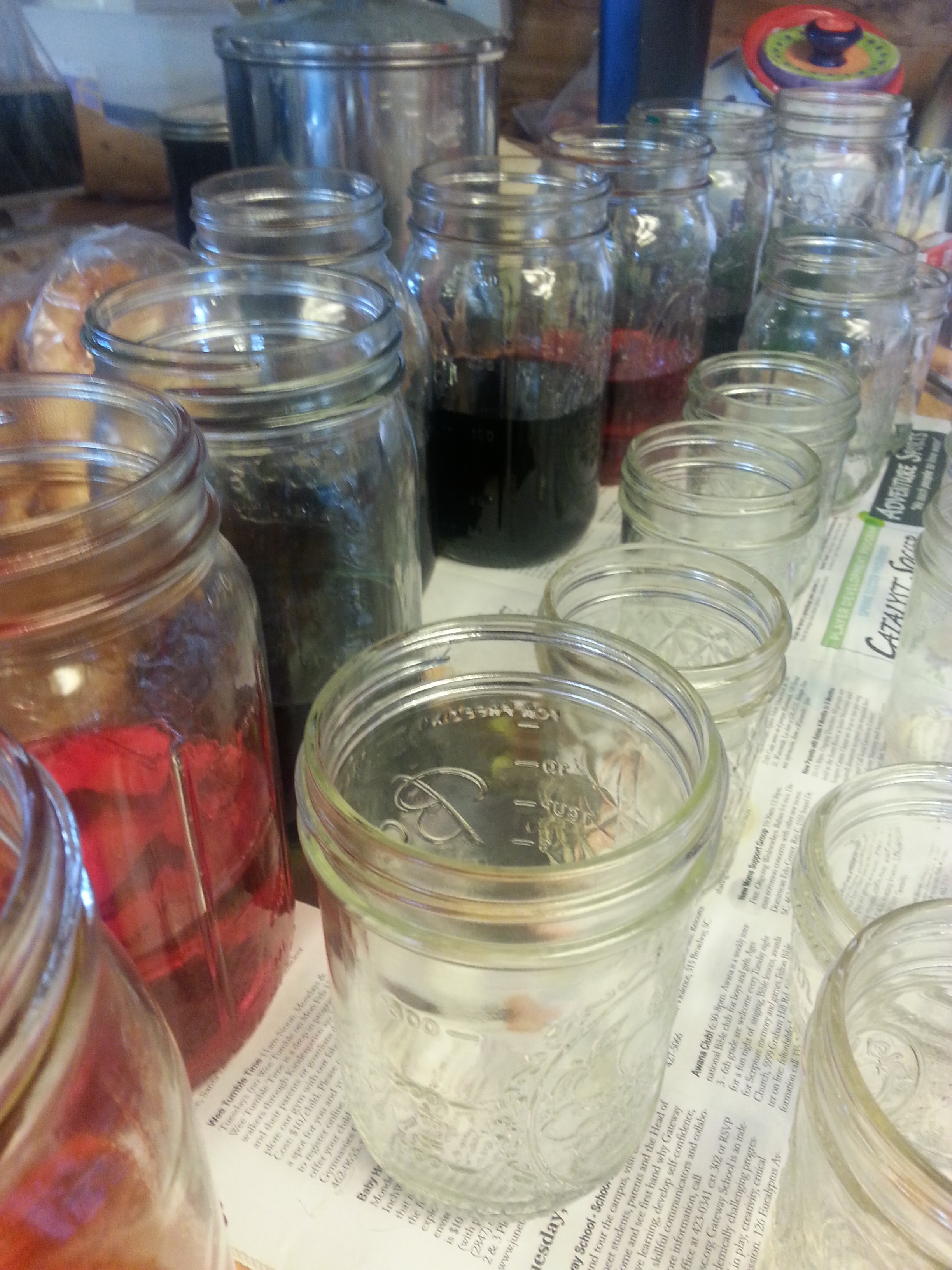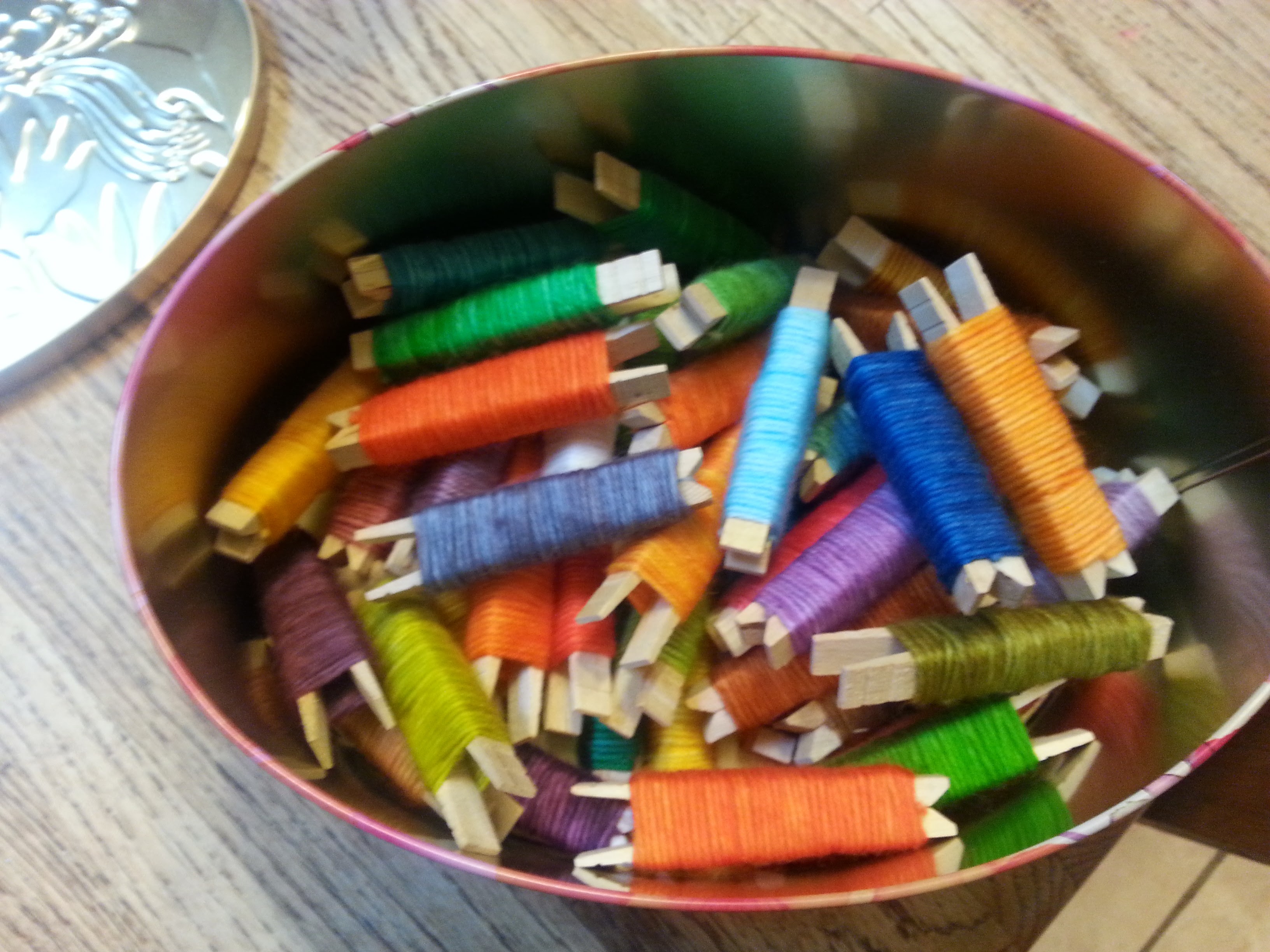Resources for Dyeing Wool
I’ve been a little obsessed with the idea of doing more of my own yarn dyeing and so I’ve been accumulating books and websites that seem useful. Each resource has it’s pros and cons. I have yet to find one resource that serves as a manual as good as some of the ones that I have on fabric dyeing from my quilting days. Here are a few of my favorites so far.
Hand Dyeing Yarn and Fleece by Gail Callahan is a good overall resource. The author starts out with a good amount of basic theory and descriptions of general procedures and then follows with procedures for a number of different dyeing techniques.
I also have checked out from my library The Yarn Lover’s Guide to Hand Dyeing by Linda LaBelle. Linda does not have as much basic material in her book, instead it is a series of experiments organized by technique and type of dye used. In the series of techniques, she shows how to make self striping yarns, short repeats, long repeats, confetti type yarns, etc. but she doesn’t really give you the big picture of how to do the technique for a desired style of yarn, you have to infer it from the directions.
The website Dye Your Yarn has a lot of information about using food coloring, drink mixes, etc. for food safe yarn dyeing. The site’s techniques are a bit different than some of the ones recommended in the above books, but the photos of the ranges of colors you can get are amazing.
Knitty Magazine has articles on dyeing both plant based fibers (cotton, linen, etc.) and animal fibers (wool, silk, etc.).
Dharma Trading Company has various tutorials, though they tend to be focused more on fabric dyeing than yarn and fiber dyeing. Here is one on handpainting yarn and you can find others by searching the site. (Also, don’t miss the 62 or so undyed yarns you can purchase from them!)
Finally, Fiber Artsy and Craftsy has quite a few posts on how to dye using various techniques. Here’s a page to start with about kettle dyeing yarn.





